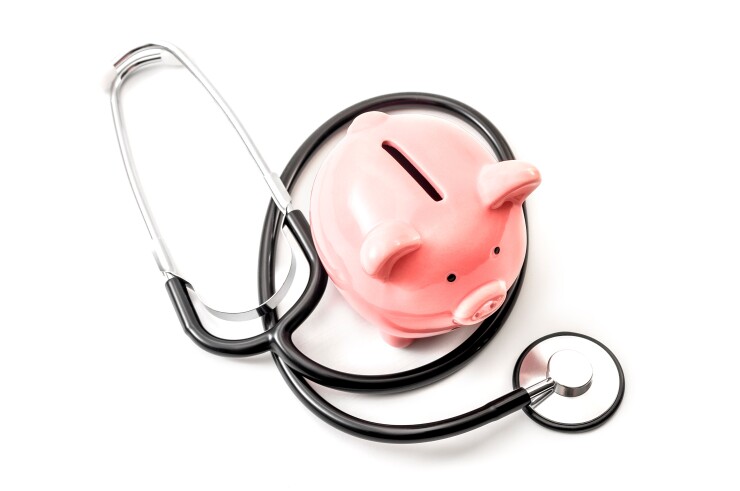
Getting sick today all too often means
Recent
Unfortunately, the Harris campaign's
Let's take a closer look. First, removing medical debt from credit reports is likely to result in a wave of lawsuits against patients. Providers and debt servicers who currently use credit reporting as a pathway to resolve debt will instead escalate through the legal system. The CFPB's recently released 2024
Second, the proposed rulemaking will result in more debt going unpaid — leading to higher health care costs for all Americans. Experts at
Smaller providers are especially vulnerable. As Karen Kerrigan, president and CEO of the Small Business & Entrepreneurship Council, warned in a
The Consumer Financial Protection Bureau said some non-profit hospitals are failing to provide assistance to low-income consumers, while landlords may be illegally charging fees to pay rent through online portals.
This could accelerate the concerning trend of patients being required to pay in full before nonemergency surgeries. While these policies help hospitals avoid the costs and difficulties of collecting unpaid bills, including debts from insured patients, they place a significant burden on patients and can potentially delay essential medical treatments.
It doesn't have to be this way. Having spent nearly 30 years in the financial services industry, there's one thing I know to be true: Medical debt is different. It isn't planned and it isn't a choice. Solving the complex, structural challenges at the core of this crisis is essential to building a stronger economy that works better for all Americans. And everyone — government agencies, hospitals, patient advocacy organizations, credit agencies and the servicing industry — has a role to play.
To tackle medical debt, we need patient-first solutions that prioritize dignity and financial wellness. Positive credit reporting is one such solution that can empower patients on their medical debt repayment journeys and move them toward financial stability. Instead of punishing patients for unpaid debts, this method rewards responsible actions like making timely payments. Just as paying rent or car loans helps build credit, paying off medical debt should do the same. It's a simple shift that could make a big difference for those looking to improve their financial standing.
The CFPB's 2024
We're also seeing innovative tools emerge that help people manage their medical bills. For instance, some financial wellness platforms offer no-cost calculators that use verified income data to help patients make informed financial decisions. These tools have already led to significant savings, providing that solutions exist to help patients pay what they can afford while keeping health care providers financially solvent.
As the rulemaking process continues, I'm hopeful the administration will step back and consider these alternatives — approaches that keep patient dignity front and center while ensuring our health care system remains strong.
For those who are sick, physical healing is only the first step toward long-term health. It's high time the government embraced sustainable solutions that advance the financial side of wellness. Papering over the problem of medical debt will leave everyone worse off. Tackling this crisis will require working together.






